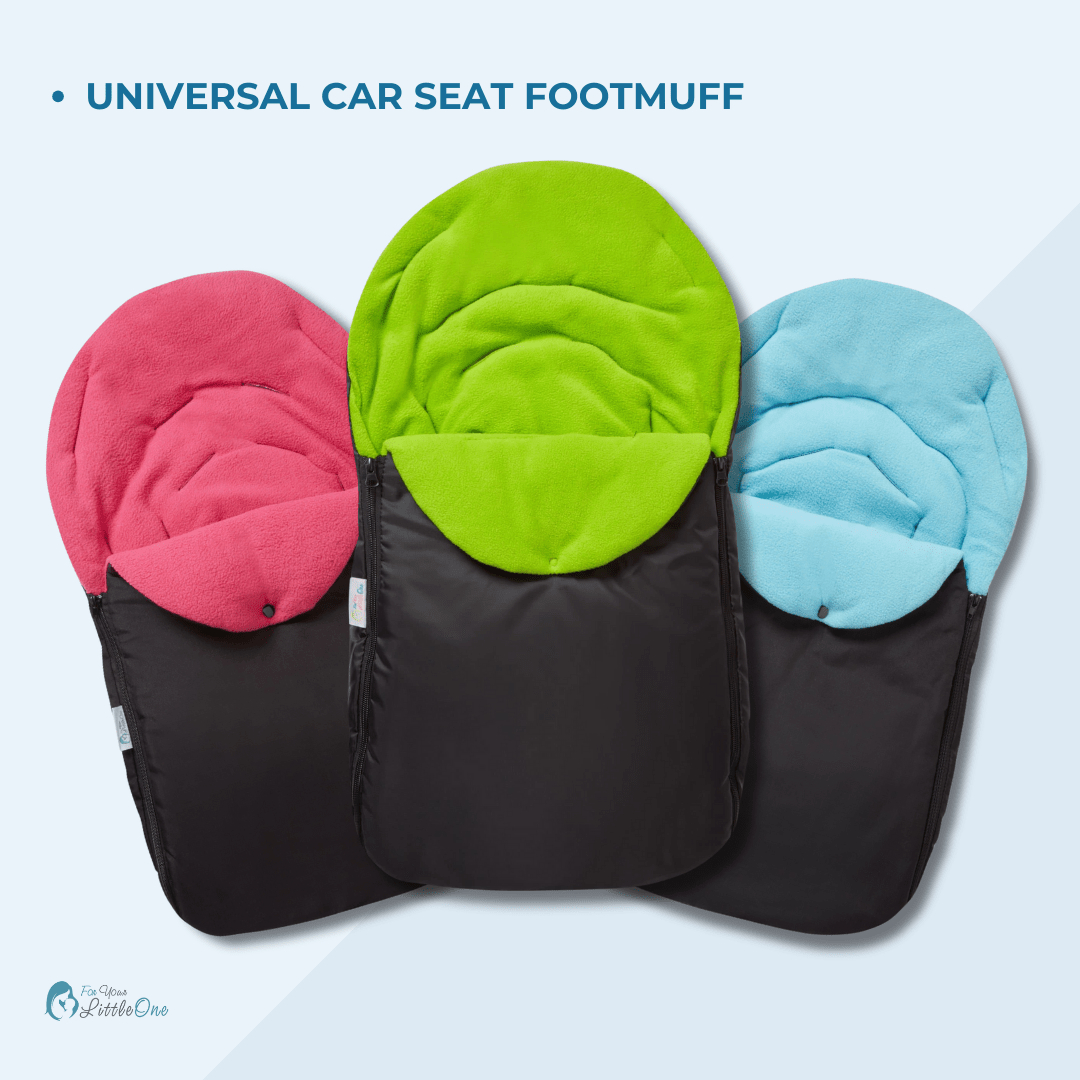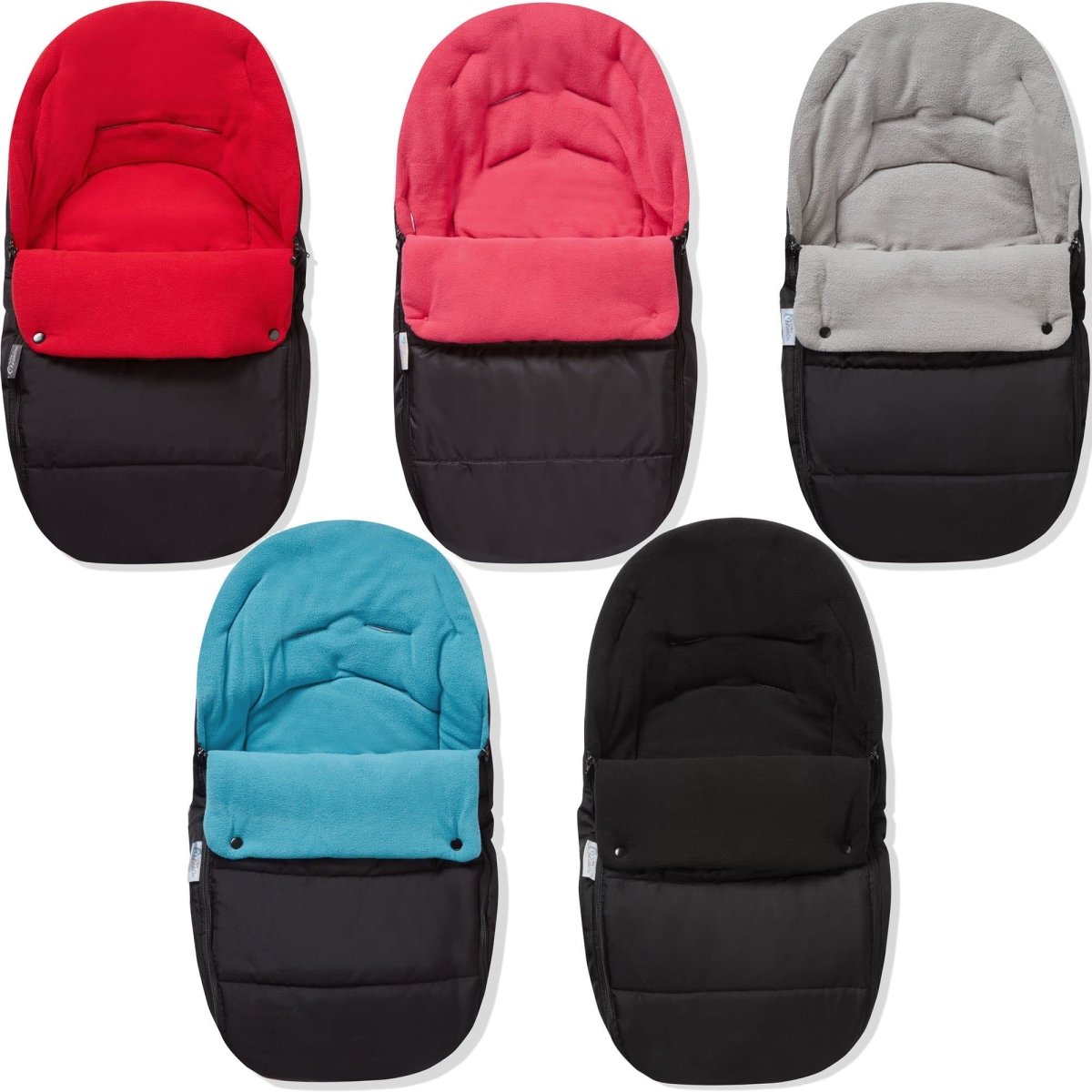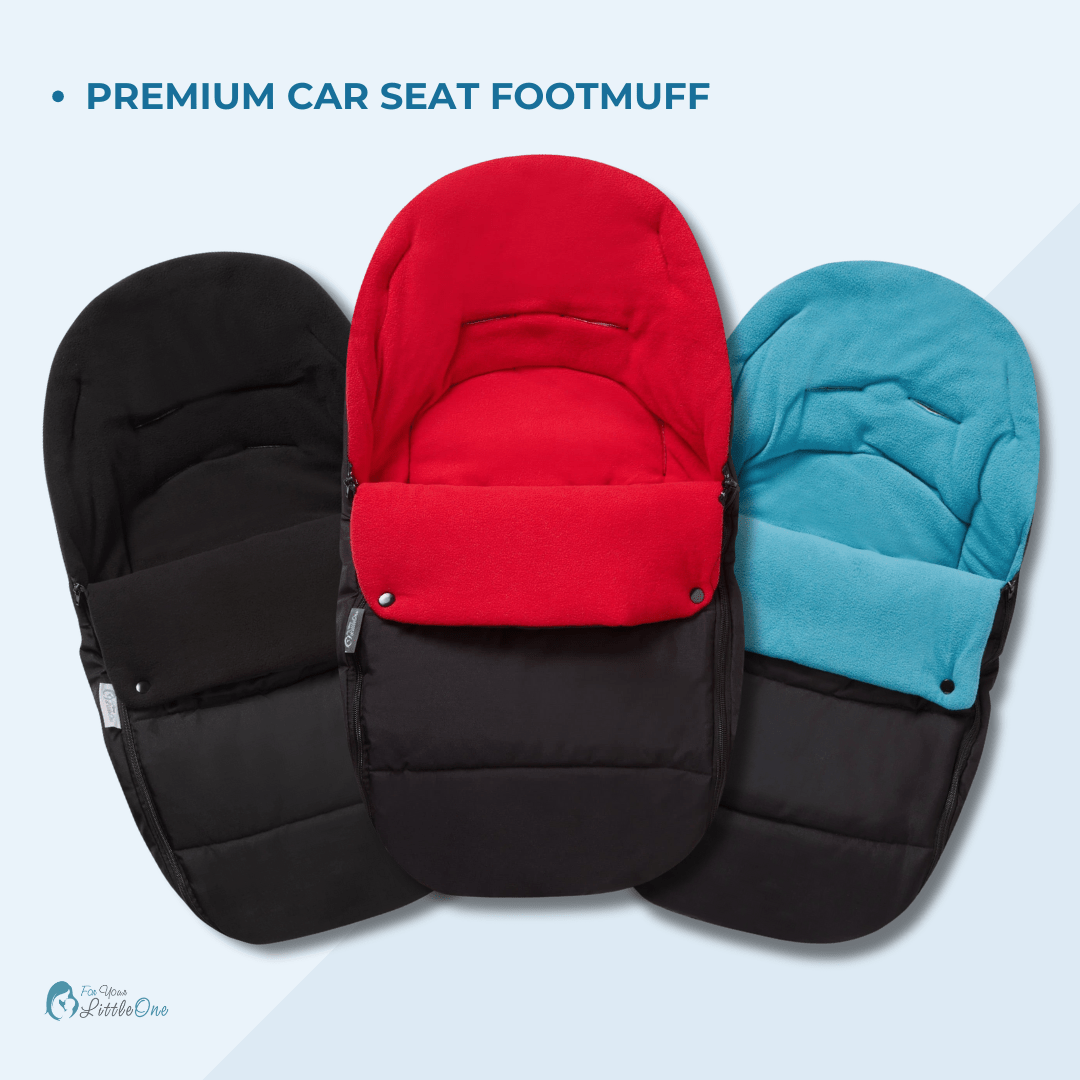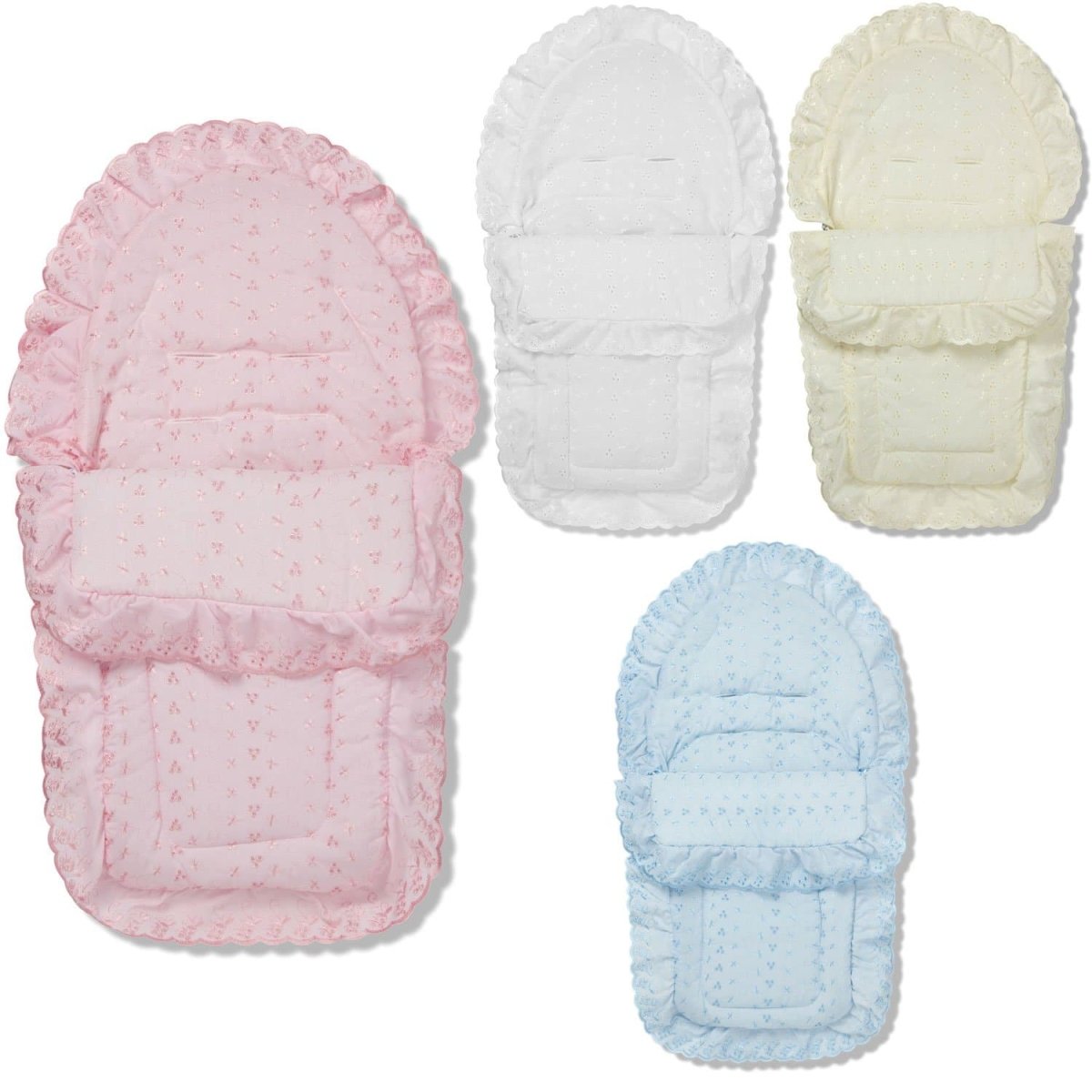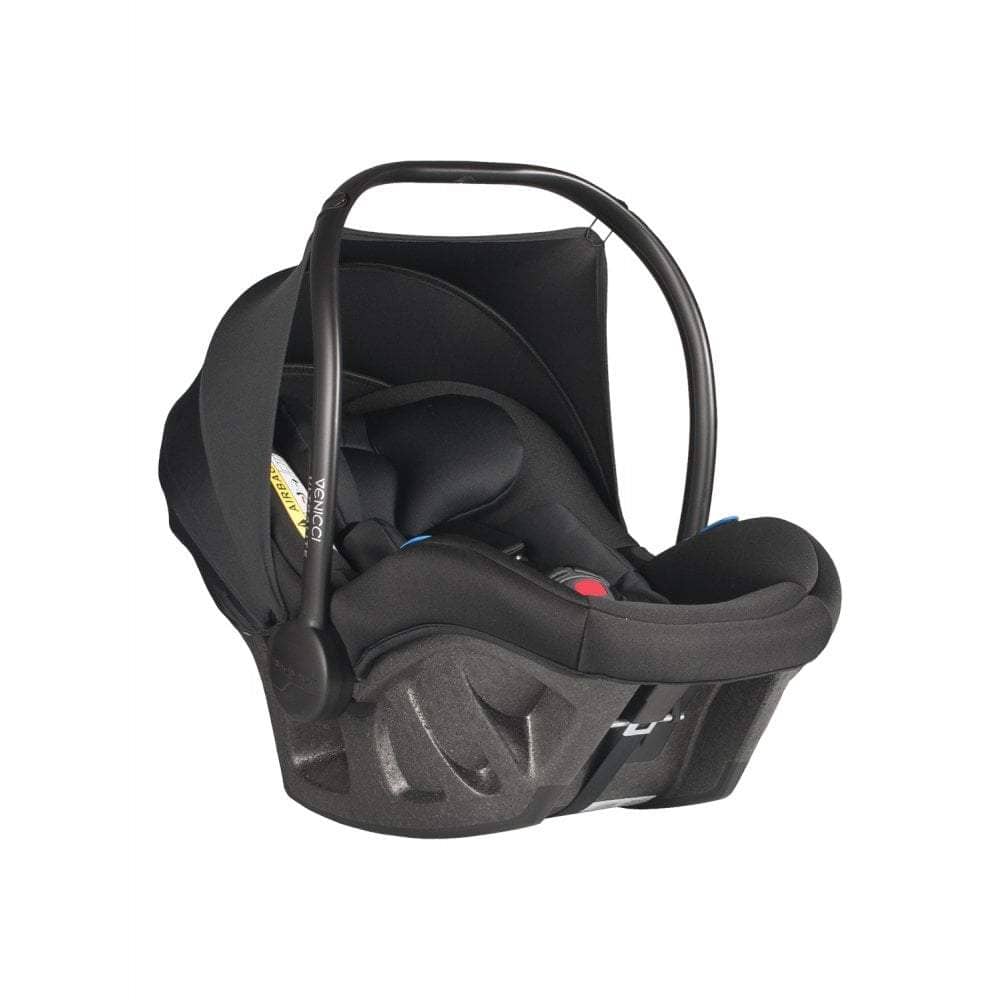As a parent, ensuring the safety of your child is your top priority, especially when it comes to traveling in a car. Car seat safety is a crucial aspect of child protection, yet many parents may not be aware of the best practices to follow.
In this article, we will share the top 5 car seat safety tips every parent should know. From selecting the right car seat for your child's age and size to understanding proper installation techniques, we will cover all the essential information you need to ensure your child's safety on the road.
With these tips, you can have peace of mind knowing that you are taking the necessary precautions to protect your little ones. So, whether you are a new parent or looking to refresh your knowledge on car seat safety, keep reading to discover how you can make every car journey with your child as safe as possible.
Remember, keeping your child safe in the car is not just a legal requirement but also a responsible choice that can make a significant difference in the event of an accident. So, let’s get started and prioritize your child's safety on the road.
Choosing the right car seat for your child's age and size
Car seat safety is of utmost importance when it comes to protecting infants and children during car journeys. According to the National Highway Traffic Safety Administration (NHTSA), car crashes are a leading cause of death for children aged 1 to 13 years in the United States. Using a car seat correctly can reduce the risk of fatal injury by up to 71% for infants and 54% for toddlers.
When traveling with a child, it is crucial to understand that their bodies are not fully developed, and they require additional protection to prevent serious injuries. Car seats are designed to provide the necessary support and restraint to keep infants and children safe in the event of a collision or sudden braking.
It is essential to recognize that car seat safety is not limited to long trips or highway drives. Even short trips to the grocery store or daycare can pose risks if the child is not properly secured in a car seat. Therefore, it is vital for parents to prioritize car seat safety every time they travel with their child, regardless of the distance.
Installing and securing the car seat properly
Selecting the appropriate car seat for your child's age and size is the first step in ensuring their safety on the road. Car seats are designed to cater to different stages of a child's development, and using the wrong type of car seat can compromise their safety.
The American Academy of Pediatrics (AAP) provides guidelines for selecting the right car seat based on a child's age and weight. These guidelines can vary slightly, so it is essential to consult the manufacturer's instructions and the specific regulations in your country or state.
Rear-Facing Car Seats for Infants and Toddlers
For newborns and infants up to at least 2 years of age, a rear-facing car seat is the safest option. This type of car seat provides crucial support to the head, neck, and spine, reducing the risk of severe injuries in the event of a crash. It is recommended to keep children in a rear-facing position for as long as possible, following the height and weight limits specified by the car seat manufacturer.
Forward-Facing Car Seats for Toddlers and Preschoolers
Once your child has outgrown their rear-facing car seat, typically around 2 years of age, it is time to transition to a forward-facing car seat. These car seats are designed to provide adequate protection to the upper body, with a harness system that secures the child at the shoulders and hips. Again, it is crucial to follow the height and weight limits specified by the manufacturer to ensure proper fit and protection.
Booster Seats for School-Age Children
As your child grows older and taller, they will eventually outgrow their forward-facing car seat. At this stage, a booster seat is the next step in ensuring their safety until they are ready to use a regular seat belt. Booster seats work by elevating the child to a height where the seat belt fits properly across the chest and hips, rather than the neck or abdomen. It is recommended to use a booster seat until the child reaches a height of 4 feet 9 inches and can sit with their back against the vehicle seat.
Understanding the different types of car seat restraints
Proper installation and securement of the car seat are critical for its effectiveness in protecting your child. According to studies, the majority of car seats are installed incorrectly, reducing their ability to provide optimal safety. Here are some essential tips for installing and securing your child's car seat correctly:
Read the Car Seat Manual and Vehicle Owner's Manual
Before installing the car seat, thoroughly read both the car seat manual and your vehicle's owner's manual. Each car seat and vehicle may have specific instructions and requirements for installation. By familiarizing yourself with these instructions, you can ensure proper installation and avoid any potential mistakes.
Choose the Right Location in the Vehicle
The location of the car seat in the vehicle can impact its safety. The back seat is generally considered the safest place for children, especially in the event of a frontal crash. Avoid placing a car seat in front of an active airbag, as it can cause severe injuries in the event of an accident.
Install the Car Seat Using the LATCH System or Seat Belt
Most modern car seats and vehicles are equipped with the LATCH (Lower Anchors and Tethers for Children) system, which provides an easier and more secure method of installation. Follow the instructions in both the car seat and vehicle manuals to properly attach the car seat using the LATCH system. If your car seat or vehicle does not have the LATCH system, use the seat belt to secure the car seat tightly.
Check for Proper Installation and Securement
Once the car seat is installed, perform a thorough check to ensure it is securely installed and does not move more than an inch in any direction. Check for a tight fit, with no excessive movement or looseness. Test the car seat by pulling on it firmly from various angles to ensure it stays in place.
Common mistakes to avoid when using a car seat
Car seats come with different types of restraints to secure your child during a car journey. Understanding these restraints and using them correctly is crucial for your child's safety. Here are the main types of car seat restraints you need to be familiar with:
5-Point Harness
A 5-point harness is a common restraint system found in car seats. It consists of two shoulder straps, two waist straps, and a crotch strap that all buckle together. The 5-point harness provides optimal protection by distributing the force of a collision across the strongest parts of the child's body, namely the shoulders, hips, and crotch.
T-Shield and Tray Shield
T-Shield and Tray Shield restraints are typically found in older car seats and are not as commonly used today. These restraints consist of a padded T-shaped or tray-shaped shield that buckles in front of the child. However, it is important to note that these restraints are not as secure as the 5-point harness and may not offer the same level of protection.
Seat Belt
Once your child outgrows their car seat or booster seat, they will transition to using the vehicle's seat belt as the primary restraint. It is essential to teach your child how to properly use the seat belt, ensuring it is properly positioned across their chest and hips, rather than the neck or abdomen. Emphasize the importance of wearing the seat belt at all times when in the car.
Additional safety measures to consider when traveling with children
Despite the importance of car seat safety, many parents make common mistakes that can compromise their child's protection. By being aware of these mistakes, you can ensure that you are using the car seat correctly and providing the best possible safety for your child. Here are some common mistakes to avoid:
Using an Expired Car Seat
Car seats have an expiration date, typically marked on the manufacturer's label. Over time, the materials and components of the car seat may degrade, reducing its effectiveness in protecting your child. Always check the expiration date and replace the car seat if it has expired.
Incorrectly Routing the Harness Straps
When securing your child in a car seat with a harness, it is essential to ensure that the straps are correctly routed. The harness straps should be positioned at or slightly above your child's shoulders for rear-facing seats, and at or slightly below the shoulders for forward-facing seats. Improper placement of the harness straps can lead to ineffective restraint in the event of a crash.
Loosening the Harness Straps
It is common for parents to loosen the harness straps to make their child more comfortable. However, loose harness straps can reduce the effectiveness of the car seat in a collision. Always ensure that the harness straps are snug and properly tightened, with no slack or looseness.
Placing Bulky Clothing or Accessories
Avoid dressing your child in bulky clothing or placing bulky accessories, such as winter coats or blankets, underneath the harness straps. These items can create a gap between the child and the harness, reducing the effectiveness of the restraint in a crash. Instead, dress your child in thin layers and use a blanket over the harness straps for warmth.
Using Aftermarket Accessories
While it may be tempting to use aftermarket accessories, such as seat covers, headrests, or strap covers, it is essential to avoid them unless specifically approved by the car seat manufacturer. Aftermarket accessories may interfere with the proper functioning of the car seat or compromise its safety features.
Car seat safety regulations and guidelines
In addition to using a properly installed and secured car seat, there are other safety measures you can take to ensure your child's well-being during car journeys. Consider the following tips to enhance car safety for your little ones:
Keep Small Objects Secure
Ensure that any small objects, such as toys or loose items, are secured or stored in the vehicle to prevent them from becoming projectiles in the event of a crash. These objects can cause serious injuries if they are thrown around during an accident.
Avoid Distractions
Distracted driving is a significant risk factor for accidents. Avoid using mobile phones, eating, or engaging in any other activities that may divert your attention from the road. Your full focus should be on driving safely and attentively, especially when you have children in the car.
Supervise Older Children
If you have older children traveling in the car, it is essential to supervise them and ensure they are following safety guidelines. Teach them the importance of wearing seat belts and discourage any unsafe behavior, such as unbuckling their seat belt or leaning out of the window.
Never Leave Children Unattended
Never, under any circumstances, leave children unattended in a vehicle. Even on a mild day, the temperature inside a parked car can rise rapidly, leading to heat-related illness or even death. Always take your child with you when you leave the vehicle, regardless of how short the absence may be.
Tips for maintaining and cleaning your car seat
Car seat safety regulations and guidelines can vary from country to country and even within different states or provinces. It is crucial to familiarize yourself with the specific regulations and guidelines in your area to ensure compliance and optimal safety for your child. Here are some general principles to keep in mind:
Follow Local Laws and Regulations
Stay updated with the latest car seat laws and regulations in your area. These laws specify the age, height, and weight requirements for using different types of car seats and restraints. Adhering to these laws is not only essential for your child's safety but also to avoid any legal consequences.
Check for Recalls
Regularly check for any recalls or safety notices related to your child's car seat. Manufacturers may issue recalls if they identify any defects or potential safety hazards in their products. Stay informed and take immediate action if your car seat is affected by a recall.
Register Your Car Seat
Registering your car seat with the manufacturer ensures that you receive timely notifications about any recalls or safety updates. This information is crucial for maintaining the safety and effectiveness of your child's car seat.
Resources for car seat safety information and support
Regular maintenance and proper cleaning of your child's car seat are essential for its longevity and effectiveness. Here are some tips to help you maintain and clean your car seat:
Read the Manufacturer's Instructions
Always refer to the manufacturer's instructions for specific guidelines on cleaning and maintenance. Different car seats may have different care requirements, so it is important to follow the instructions provided.
Spot Clean as Needed
For minor spills or stains, spot clean the affected area using a mild detergent and a damp cloth. Gently blot the stain, being careful not to saturate the fabric or padding. Allow the car seat to air dry before using it again.
Remove and Wash Machine-Washable Covers
If your car seat has machine-washable covers, remove them according to the manufacturer's instructions and wash them as needed. Follow the recommended temperature and cycle settings to ensure proper cleaning without damaging the fabric.
Avoid Harsh Chemicals or Abrasive Cleaners
When cleaning your car seat, avoid using harsh chemicals or abrasive cleaners that can damage the fabric or compromise the integrity of the car seat. Stick to mild detergents and gentle cleaning methods to maintain the safety and durability of the car seat.
Conclusion: Making car seat safety a top priority for your child's well-being
If you have any questions or need further information about car seat safety, there are various resources available to help you. Here are some reliable sources of information and support:
National Highway Traffic Safety Administration (NHTSA)
The NHTSA provides comprehensive information on car seat safety, including guidelines, regulations, and educational materials. Their website offers resources for parents, caregivers, and professionals, covering a wide range of topics related to child passenger safety.
American Academy of Pediatrics (AAP)
The AAP offers guidelines and recommendations for car seat safety based on the latest research and best practices. Their website provides valuable resources and educational materials for parents and caregivers.
Local Car Seat Inspection Stations
Many local communities have car seat inspection stations where certified technicians can help you ensure that your child's car seat is properly installed and secured. Contact your local police department, fire department, or hospital for information on car seat inspection services in your area.
Parenting and Mommy Blogs
Numerous parenting and mommy blogs provide valuable tips, advice, and firsthand experiences related to car seat safety. These blogs can offer practical


